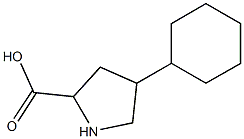
STREPTOKINASE
- Product NameSTREPTOKINASE
- CAS9002-01-1
- CBNumberCB8492124
- MFC11H19NO2
- MW197.27406
- EINECS232-647-1
- MDL NumberMFCD00082037
- MOL File9002-01-1.mol
- MSDS FileSDS
Chemical Properties
| storage temp. | -20°C |
| form | lyophilized powder |
| color | White to off-white |
| biological source | human |
| Merck | 13,8903 |
| Specific Activity | ≥2,000units/mg solid |
| EWG's Food Scores | 1 |
| FDA UNII | VJ8EI98212 |
| ATC code | B01AD01,B06AA55 |
| UNSPSC Code | 12352204 |
| NACRES | NA.54 |
Safety
| Symbol(GHS) |

|
| Signal word | Warning |
| Hazard statements | H315-H319-H335 |
| Precautionary statements | P280-P302+P352-P305+P351+P338 |
| Hazard Codes | B,Xi |
| Risk Statements | 36/37/38 |
| Safety Statements | 22-24/25-36-26 |
| WGK Germany | 3 |
| RTECS | OB8880000 |
| F | 10-21 |
| HS Code | 3504009000 |
| Toxicity | LD50 oral in mouse: > 10gm/kg |
